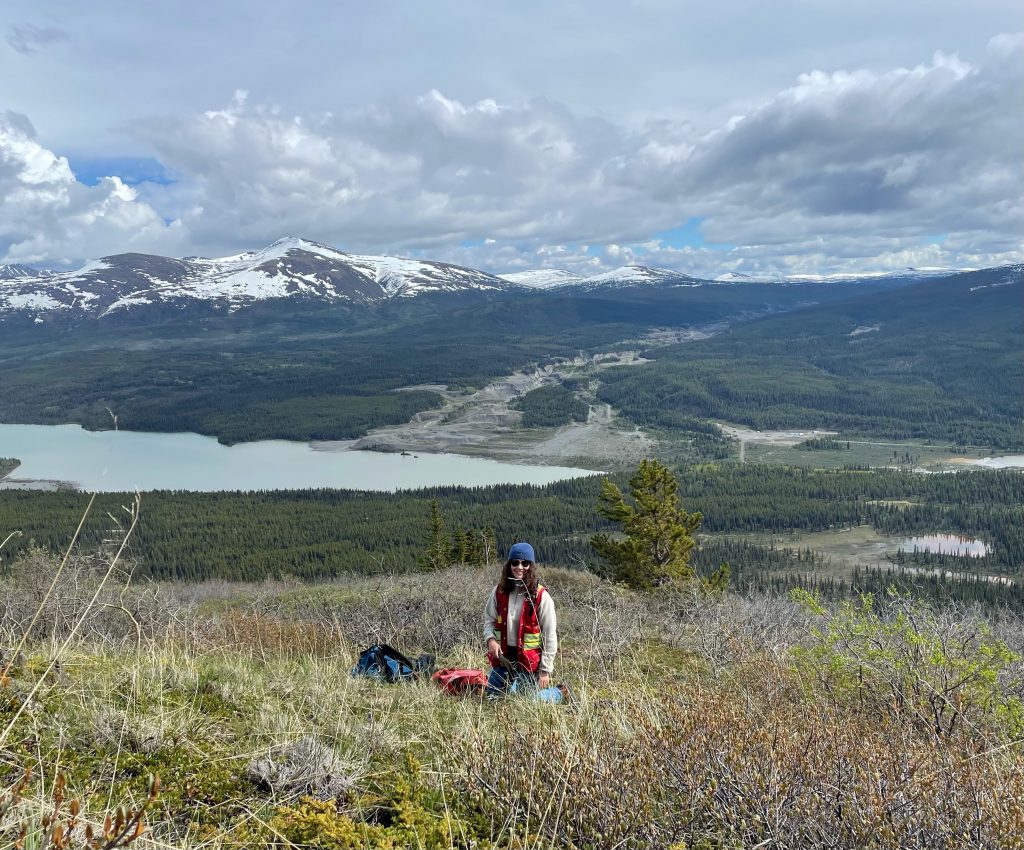Biography:
Prior to becoming a geologist, Bianca was trained as a classical ballet dancer at the Royal Winnipeg Ballet. She then pursued an undergraduate education in geological sciences at Queen’s University. During her studies, she first became interested in exploration geochemistry due to influence from her professor, Dr. Kurt Kyser. Bianca was a part of the Exploration Geochemistry Initiative at the Mineral Deposit Research Unit (MDRU), led by the late Dr. Peter Winterburn. Her work there was the starting point in her mineral exploration research looking at microbiological vectors for concealed kimberlites and porphyry copper deposits. During Bianca’s time at UBC during her Master’s, she also led a UBC SEG (Society of Economic Geologists) field trip to South Africa and held the title of UBC SEG Chapter President. Bianca now consults in exploration geochemistry and is continuing her research as a PhD student at UBC, working under Dr. Sean Crowe and Dr. Craig Hart.
Project: Soil Microbial Community Biosensors of Concealed Mineralization
Bianca is developing the application of molecular tools for through-cover mineral exploration. Microorganisms are extremely abundant in soils and their communities are sensitive to subtle environmental variability, reflecting such variability in composition, structure, and activity. Shifts in microbial community profiles, induced by chemical or physical differences related to geology, are detectable in the surficial environment, and can be used to vector toward discrete geological features. Recent advances in DNA sequencing and the development of sophisticated tools for data-management and processing allow for inexpensive and rapid fingerprinting of soil microbial communities with the potential to detect concealed ore mineralization. Her PhD research is an expansion on microbiological mineral exploration methods, from her preceding Master’s, where she provided evidence through field tests over porphyry copper deposits and kimberlites and in ore-amended soil incubation experiments, that microbial community data can be used to explore for mineralization concealed by overburden.
